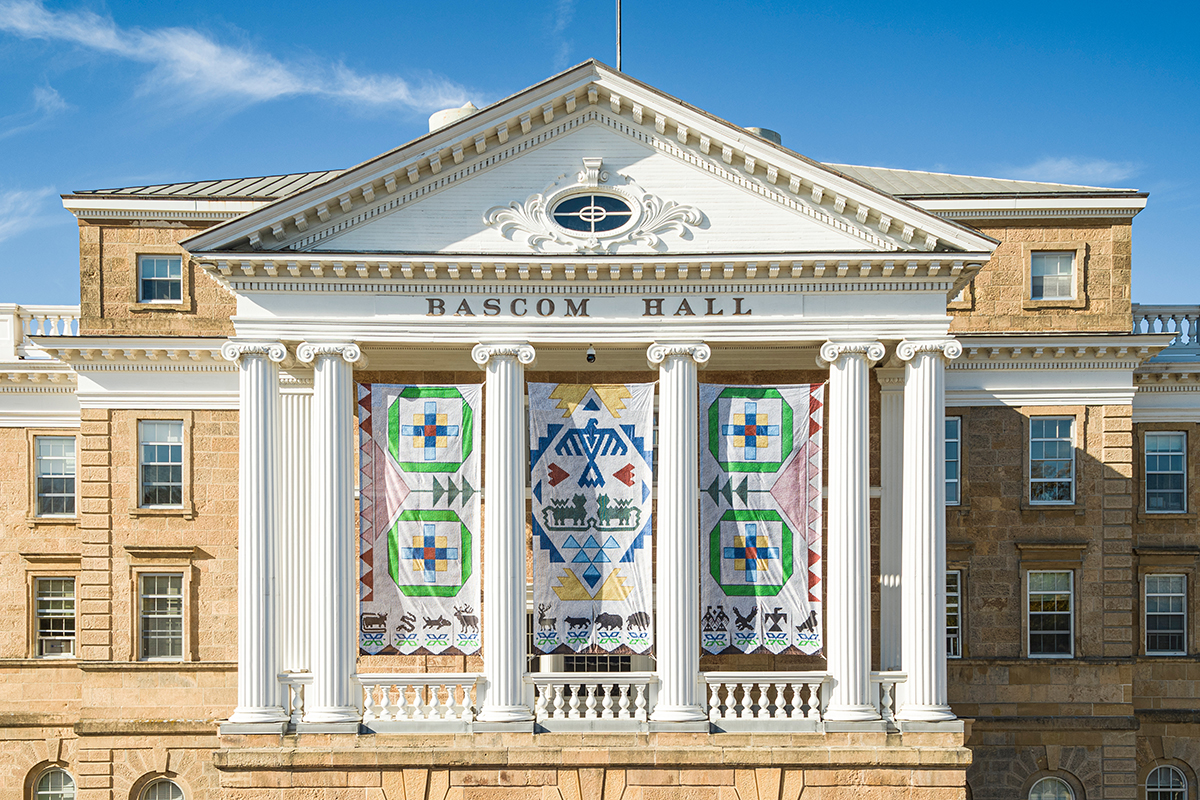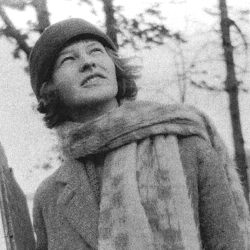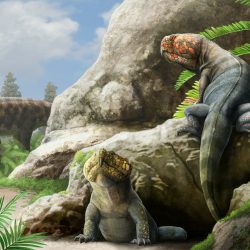Sowing 160,000 Seeds
New banners for Bascom Hall connect the UW and the Ho-Chunk Nation.
Ho-Chunk artist Molli Pauliot MA’20, PhDx’24 and UW associate professor of design studies Marianne Fairbanks were commissioned to create banners for the university’s 175th anniversary, and they bonded over their mutual love of basketry, textiles, and beadwork. After completing their design work, they sent the two-dimensional graphics to Stephen Hilyard, a UW professor of digital arts, who used 3-D animation software to create the effect of 160,000 individual small beads called “seed beads.”
The banners they designed — three panels, each about seven feet by 16 feet — were hung from the front of Bascom Hall. The piece is called Seed by Seed, incorporating symbols, imagery, and traditional colors of the Ho-Chunk Nation.
“The title of this piece reminds us of the work we are doing to acknowledge that this university sits on the ancestral homeland of the Ho-Chunk people, who were forcibly removed from this place,” Chancellor Jennifer L. Mnookin said at a November 7 ceremony on Bascom Hill. “And it reminds us of our ongoing responsibilities to move our campus community from ignorance to awareness, and that this work can’t be confined to a day, a month, or even a year. It’s a work of a lifetime.”
The installation of the banners coincided with Native November, an annual campus celebration of Indigenous culture. They remained up through the month, then returned during the spring semester as part of a regular rotation of designed banners.
“When the university first raised the flag of the Ho-Chunk Nation [three] years ago, it made national news,” says Pauliot. “It also started a lot of discussions about the university and its relationships with Native Nations. That’s what I’m hoping happens with these banners — that they continue this conversation and expand on it.”
Throughout the design process, Pauliot and Fairbanks drew inspiration from beaded bandolier bags — dazzling Ho-Chunk objects that showcased remarkable technical skill and were highly valued when trading with other tribes. Using the latest 3-D software, Hilyard sought to replicate some of that intricacy on a grand scale.
Pauliot finds the beads an apt metaphor for the developing relationship between UW–Madison and the Ho-Chunk Nation. She serves as the project assistant for Our Shared Future, a university initiative that represents the UW’s commitment to respect the inherent sovereignty of the Ho-Chunk Nation.
“In beadwork, you weave together, one by one, thousands of seed beads to form something beautiful,” Pauliot says. “That’s how I view Our Shared Future. With each little positive interaction, we are hopefully weaving together, seed by seed, a future based on collaboration and mutual respect.”
Published in the Summer 2024 issue




Comments
Beth Blanchard Schaffer August 14, 2024
Beautiful and long overdue. Thanks to the stupendous courage of the 12 Nations for still being a force in Wisconsin today.